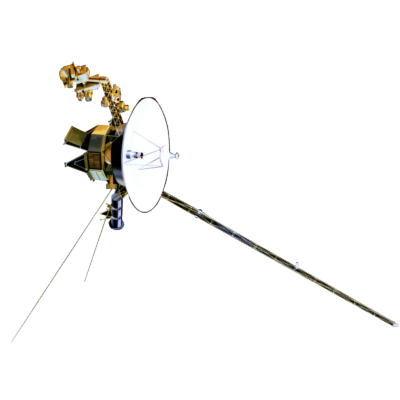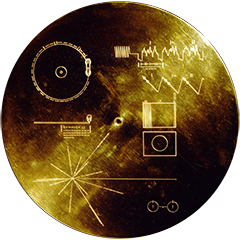Voyager LECP Data Analysis Handbook
Data File Descriptions
Experiment Data Record (EDR) Format Specification
Figure 6.3-3. LECP EDR Science Data Block Organization (CR-3)
Logical records are written into physical record data blocks according to the following algorithm:
Let K.1, K.2, K.3 denote segments 1,
2, and 3 of logical record K.
Let N = (SCT60 Modulo 6)/2 = 0
|
Physical Record |
Physical Record |
Physical Record |
|||
| MF | K.SEG | MF | K.SEG | MF | K.SEG |
| 1 | 1.1 | 41 | 14.2 | 81 | 27.3 |
| 2 | 1.2 | 42 | 14.3 | 82 | 28.1 |
| 3 | 1.3 | 43 | 15.1 | 83 | 28.2 |
| : | : | : | : | : | : |
| 38 | 13.2 | 78 | 26.3 | 118 | 40.1 |
| 39 | 13.3 | 79 | 27.1 | 119 | 40.2 |
| 40 | 14.1 | 80 | 27.2 | 120 | 40.3 |
Logical Record 1 appears at the beginning of a data block once every three physical records (120 MF; 4.8 min) when SCT60 Modulo 6 = 0. A segment number of (SCT60 Modulo 6)/2+1 will be inserted into the EDR header of each physical record to indicate which of the above three data block patterns appear in a given physical record.
Return to EDR main page.
Return to Data File Descriptions main page.
Return to Voyager
LECP Data Analysis Handbook Table of Contents.
Return to Fundamental
Technologies Home Page.
Updated 8/9/19, Cameron Crane
VOYAGER 1 ELAPSED TIME
*Since official launch
September 5, 1977, 12:56:00:00 UTC
VOYAGER 2 ELAPSED TIME
*Since official launch
August 20, 1977, 14:29:00:00 UTC
QUICK FACTS
Mission Duration: 40+ years have elapsed for both Voyager 1 and Voyager 2 (both are ongoing).
Destination: Their original destinations were Saturn and Jupiter. Their current destination is interstellar space.



